Fixing Haul Truck Downtime Issues: Remote Parts Strategy Guide 2025

Haul truck downtime costs mining operations $20,000–$50,000 per hour, making equipment reliability, predictive maintenance, and efficient parts logistics critical to profitability. With each haul truck operating 600+ hours monthly, unplanned failures can devastate productivity. Maintenance now consumes 10–15% of total mining budgets, reaching over $500 million annually for large-scale operations.
Yet 83% of major mining and metals projects still face severe budget overruns and delays, with megaprojects exceeding costs by 79% and schedules by 52%. To overcome these challenges, mining companies must adopt data-driven remote logistics, smart transport management, and predictive maintenance systems that reduce downtime by up to 30%. An optimized parts supply chain - including consignment inventory, air-freight protocols, and automated tracking - ensures continuous operation and stronger fleet performance across remote mine sites.
Understanding Remote Mining Downtime Challenges
Equipment breakdowns in remote mining locations create cascading operational disruptions that extend far beyond immediate repair needs. Your haul truck fleet faces unique maintenance challenges that demand strategic parts management solutions.

Financial Impact of Haul Truck Failures
Haul truck downtime incidents devastate mining profitability with each failure costing an average of $180,000. Industry-wide losses reach approximately $10 billion annually, while mining companies dedicate 35-50% of their annual budgets to equipment maintenance. These figures underscore equipment reliability as the cornerstone of operational success.
Your mining operations experience ripple effects that multiply these direct costs. Haul trucks operating over 600 hours monthly work the equivalent of two years of average U.S. driving time. Every breakdown disrupts extraction schedules, creates delivery bottlenecks, and impacts downstream processing while maintenance teams scramble to restore functionality under intense pressure.
Remote Location Parts Delivery Obstacles

Parts delivery to remote mining sites has become increasingly problematic. Supply chain professionals document that delivery times have approximately doubled from pre-pandemic standards, with previously reliable next-day shipments now requiring multiple days. Global shipping disruptions have forced operational adjustments - many mining operations increased air freight usage from 40% to 70% of shipments despite massive cost escalations.
Your parts delivery challenges stem from several critical factors:
- Infrastructure barriers: Remote mining sites lack adequate transportation networks, making access difficult during adverse weather
- Container pricing volatility: Ocean freight costs jumped from $2,000 to $18,000 per container
- Component availability: Global semiconductor shortages affect electronic components throughout mining equipment
- Weather dependency: Remote routes provide limited alternatives when conditions deteriorate
These obstacles require strategic parts supply chain mapping and emergency air-freight protocols based on equipment criticality. Mining operations using consignment inventory models for high-risk components report up to 40% reduction in equipment downtime, proving that proactive parts inventory management delivers measurable results.
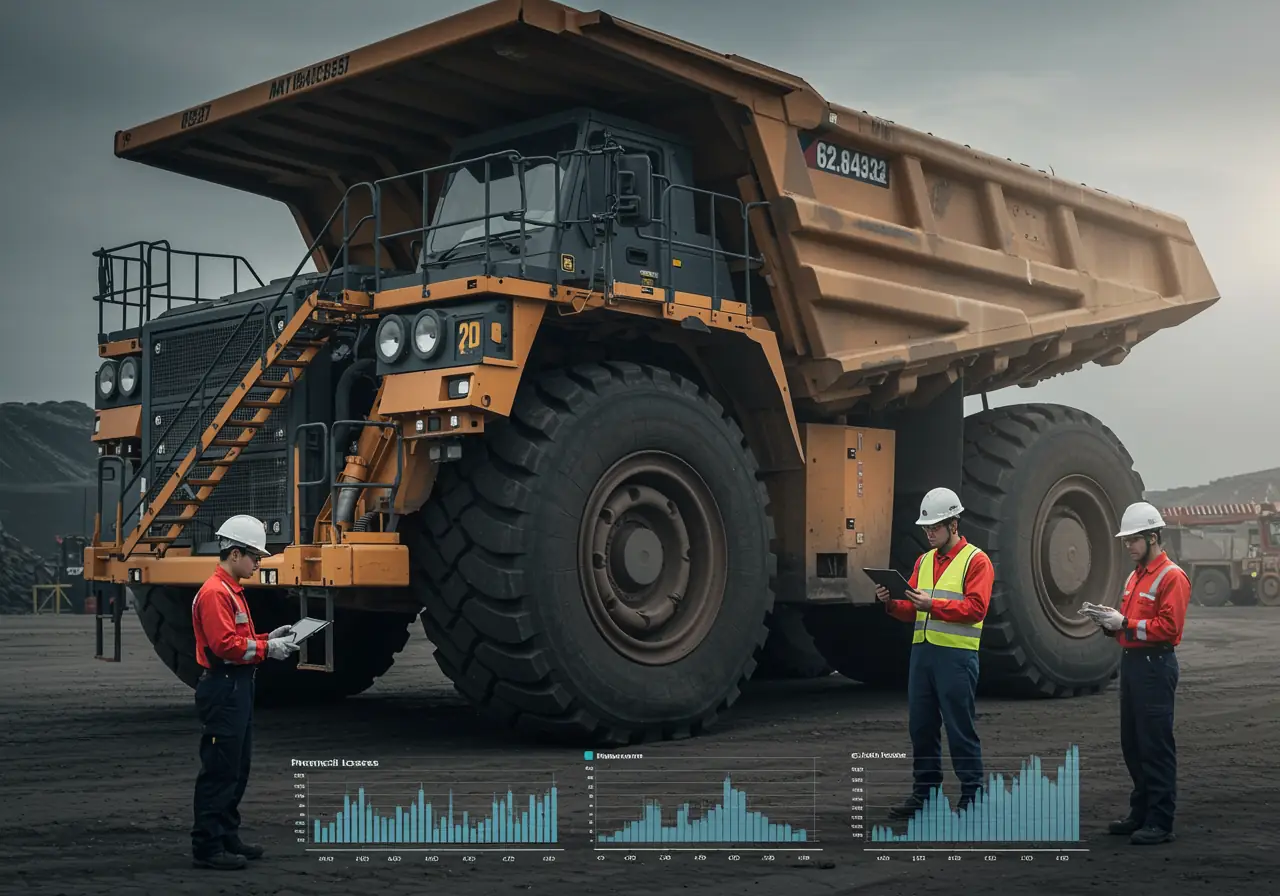
Building Resilient Mining Parts Networks
Your mining equipment supply chain demands strategic design that addresses remote operation complexities. Resilient parts networks prevent costly equipment failures through coordinated approaches that keep your fleet operational.
Consignment Inventory Systems for Critical Components
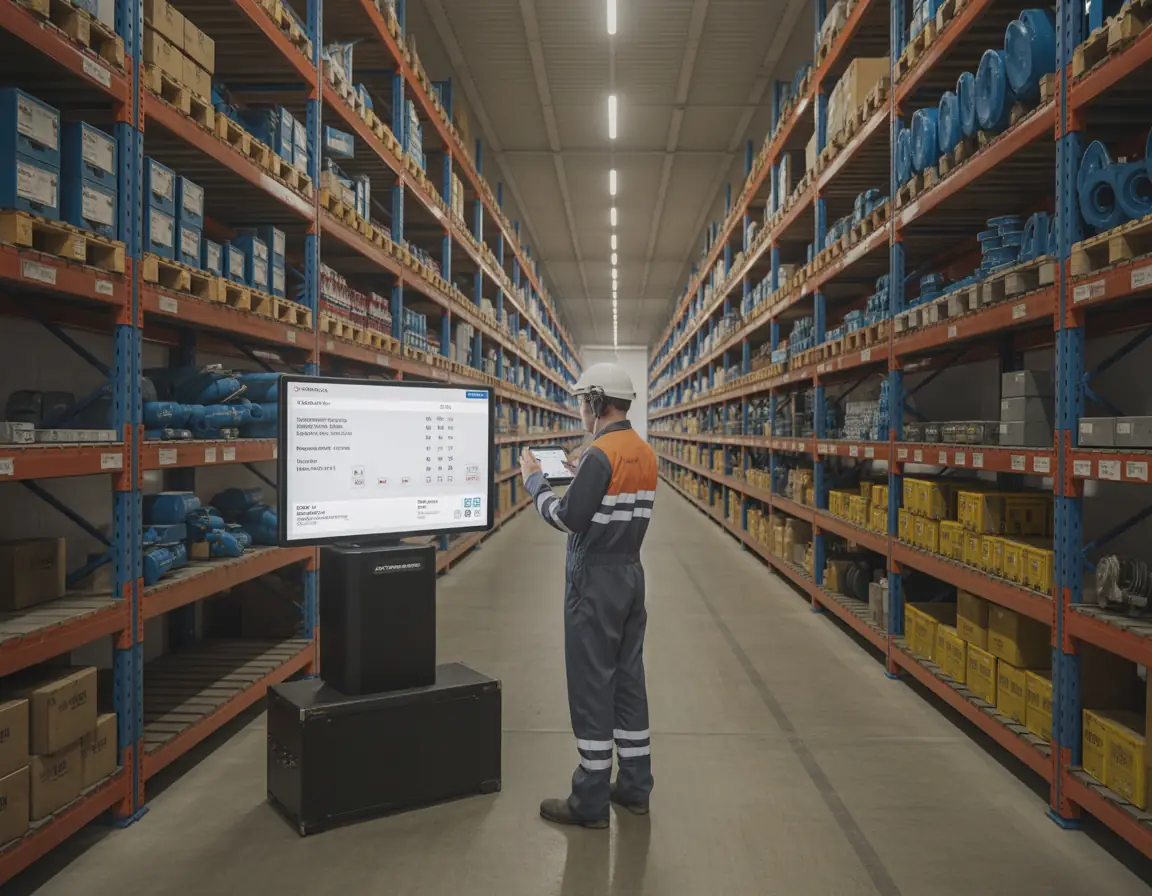
Consignment inventory provides immediate access to mission-critical parts without impacting your cash flow. Suppliers stock your site with essential components that you pay for only when consumed. Your balance sheet remains unaffected until actual usage occurs.
Your accounting procedures require careful attention with consignment arrangements. These parts shouldn't appear as assets in your financial records until consumed, though you need complete inventory visibility. Spreadsheet tracking creates inefficiencies and errors that specialized mining ERP solutions eliminate. These systems flag consignment items with zero accounting cost while maintaining accurate inventory tracking.
Benefits of consignment inventory include:
- Immediate parts availability without capital investment
- Reduced carrying costs and storage requirements
- Supplier-managed inventory levels based on usage patterns
- Enhanced cash flow management for seasonal operations
Strategic Air Freight for Emergency Parts Delivery
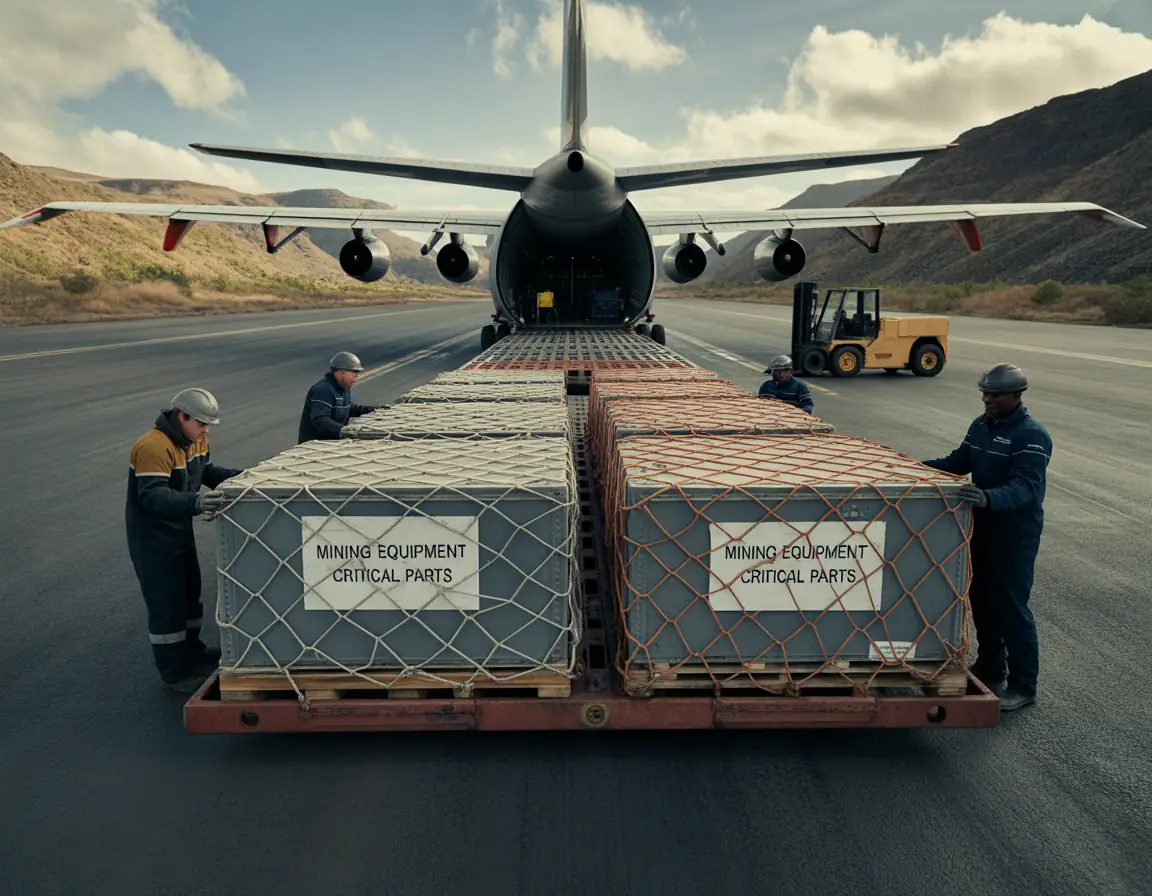
When consignment inventory can't cover unexpected failures, air freight services provide critical backup support. Modern mining logistics specialists offer 24/7/365 service without weight or size restrictions, specifically designed for remote locations. These providers handle customs documentation, permits, and regulatory requirements while offering real-time tracking through web portals.
Your air freight decisions should prioritize production impact over shipping expenses. Operations have increased air freight usage from 40% to 70% of shipments despite significant cost increases. Specialty providers deliver same-day service, typically within 24-72 hours for urgent requirements.
Key decision triggers for emergency air freight:
- Equipment downtime exceeding $50,000 per day
- Critical path disruptions affecting multiple operations
- Safety-related component failures requiring immediate attention
- Weather-related access restrictions to remote sites
Automated Distribution for Mining Parts Logistics
Automation elevates parts logistics from cost center to strategic advantage. Real-time tracking systems provide comprehensive operational visibility:
- Complete fleet and asset monitoring
- Loading and unloading cycle documentation
- Fuel theft prevention through smart sensor integration
Your automated systems enable flexible planning through dynamic scheduling and route optimization. These solutions reduce operational expenses while maximizing productivity via intelligence-driven reporting on distance, efficiency, and completion metrics. Automated distribution ensures critical components reach remote locations reliably while maintaining cost control.
Need expert guidance on designing resilient parts supply chains for your mining operation? Contact MCH Parts for a free sourcing consultation and discover how to optimize your remote logistics strategy.
Smart Tools for Downtime Prevention
Modern mining operations depend on advanced technology to eliminate costly haul truck stoppages. Predictive maintenance tools and intelligent monitoring systems enable maintenance teams to address equipment issues before they impact your production schedules.
Predictive Maintenance with Sensor-Based Alerts
AI-driven predictive maintenance systems analyze sensor data to detect machinery health degradation before failures occur. These systems examine historical maintenance records alongside live telemetry data to anticipate specific maintenance requirements for each equipment type. Mining companies implementing such solutions report significant reductions in unplanned component replacements - up to 83% for certain high-cost components. Sensor-based alerts provide maintenance teams with early fault detection capabilities, preventing unplanned downtime. Gold mining giant Newmont demonstrated this approach through collaboration with predictive maintenance software leader Dingo, whose machine learning algorithms effectively forecast impending equipment failures.
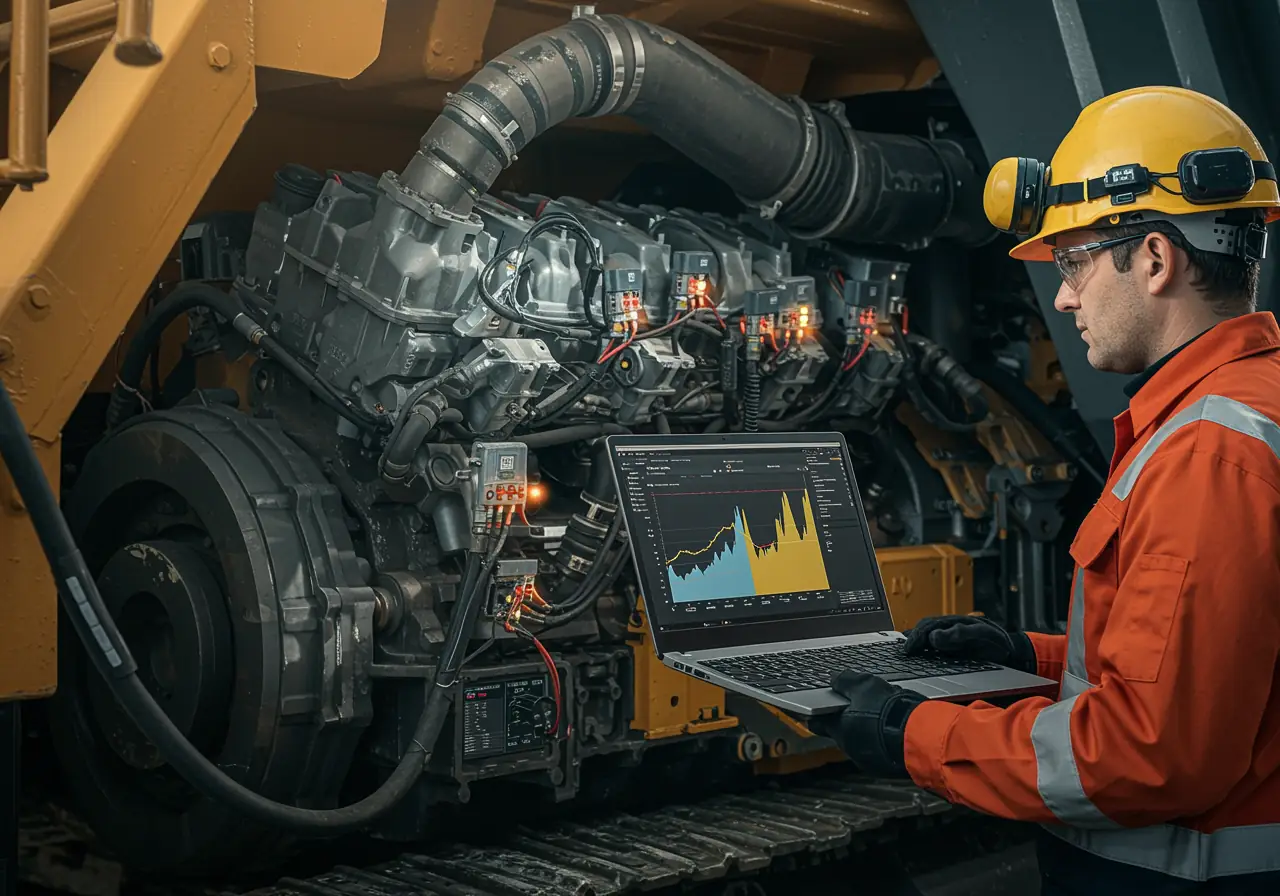
Telematics Integration for Off-Road Fleet Management
Off-road telematics systems deliver far more than basic location tracking, providing detailed insights into equipment health and performance. These fleet management systems monitor maintenance schedules, diagnose problems in real-time, and track accessory usage. Advanced telematics can reduce unplanned downtime by up to 80% through increased connectivity and operational awareness. Implementation benefits include:
- Real-time monitoring of engine performance and component failures
- Remote fault diagnostics enabling technicians to bring correct tools on first visits
- Geofencing capabilities to prevent equipment proximity to sensitive underground structures
Telematics systems also provide valuable diagnostic trouble codes, allowing maintenance teams to quickly identify and address specific issues, further reducing downtime and improving overall fleet efficiency.

Digital Twin Models for Equipment Failure Forecasting
Digital twin solutions create virtual replicas of physical equipment using IoT-generated data, enabling precise failure prediction. These dynamic simulations mirror actual operational conditions, allowing mining engineers to test scenarios virtually before implementation. When applied to predictive maintenance, digital twins help address the critical challenge of insufficient failure data by generating asset degradation information. Mining organizations increasingly prioritize digital twin investments because they enable continuous monitoring of machinery, helping detect inconsistencies and prevent potential breakdowns in real-time.

The integration of digital twins with predictive analytics and machine learning algorithms has revolutionized condition-based maintenance practices in the mining industry. This advanced approach allows for more accurate forecasting of equipment failures and optimizes maintenance schedules, leading to significant maintenance cost savings.
Need expert guidance on implementing smart maintenance tools for your mining fleet? Contact MCH Parts for a free sourcing consultation and discover how advanced diagnostic technologies can minimize downtime across your operations.
Performance Measurement and Strategic Planning
Rigorous performance tracking forms the backbone of equipment reliability optimization in mining operations. The right metrics enable data-driven decisions about parts management and maintenance strategies that directly impact your bottom line.
Equipment Uptime KPI Frameworks
Equipment uptime targets begin with tracking critical performance indicators that reflect operational reality. Industry benchmarks suggest availability rates should exceed 92%, with most operations considering 85-95% acceptable. Essential KPIs include Mean Time Between Failures (MTBF) targeting 180+ hours, Mean Time To Repair (MTTR) under 4 hours, and maintenance cost per operating hour below $250. Monitoring planned vs. reactive maintenance ratios helps identify systemic issues before they escalate into major operational disruptions.
These metrics provide clear visibility into equipment performance patterns. When MTBF consistently falls below targets, your parts inventory strategy may need adjustment. Similarly, MTTR exceeding benchmark thresholds often indicates insufficient spare parts availability or technician resource constraints at remote sites.
Implementing maintenance tracking software can significantly improve the accuracy and efficiency of KPI monitoring. These systems provide real-time insights into equipment performance, enabling proactive maintenance decisions and helping to optimize overall fleet management.
Remote Parts Strategy Cost-Benefit Analysis
Remote mining locations face 16% higher capital costs and 37% higher operating costs compared to developed areas. Effective parts strategies deliver substantial returns despite these challenging economics. Consignment inventory models for critical components typically reduce downtime by 30% through immediate parts availability when failures occur. Remote operations centers unlock 5-10 million USD annual value for mid-sized operations by improving equipment availability through better coordination and faster response times.
The investment analysis becomes clearer when you consider hourly downtime costs against inventory holding expenses. A single avoided 8-hour breakdown pays for months of consignment inventory investment, making the business case straightforward for high-criticality components.
Mining Fleet Maintenance Planning for 2025
Forward-looking maintenance approaches increasingly utilize digital twins - virtual replicas continuously fed with IoT sensor data capturing temperature, vibration, and pressure. Coupled with AI-powered maintenance tracking, these systems can forecast component failures with 75-99% accuracy, enabling truly proactive maintenance scheduling and eliminating emergency parts logistics challenges.
Your 2025 maintenance strategy should integrate these predictive capabilities with established KPI frameworks. When digital twins indicate impending component failures 2-4 weeks in advance, your parts logistics can shift from emergency air freight to standard ground shipping, reducing costs while maintaining equipment availability.
Incorporating vehicle lifecycle planning into your maintenance strategy can further optimize fleet performance and reduce overall operational costs. This approach considers the entire lifespan of each vehicle, from acquisition to disposal, ensuring that maintenance decisions align with long-term operational goals.
Additionally, implementing automated maintenance scheduling systems can streamline your maintenance operations. These systems use data from predictive analytics and digital twins to create optimal maintenance schedules, reducing human error and ensuring that critical maintenance tasks are never overlooked.
Need expert guidance on implementing performance measurement systems for your remote mining fleet? Contact MCH Parts for a free sourcing consultation and discover how to optimize your maintenance metrics using advanced tracking technologies.
Conclusion
Mining operations can stop the $50,000-per-hour haul truck downtime by implementing strategic parts management, predictive maintenance, and remote logistics optimization. Using consignment inventory systems ensures instant access to critical components and reduces downtime by 30%, maintaining the industry-standard 92% equipment availability. Establishing emergency air-freight protocols minimizes production losses, while AI-driven predictive maintenance, sensor monitoring, telematics, and digital twin models forecast failures with 75–99% accuracy, eliminating costly unplanned repairs. Tracking KPIs like MTBF 180+ hours, MTTR under 4 hours, and maintenance costs below $250/hour strengthens fleet reliability. Though remote mining sites face 16% higher capital and 37% higher operating costs, proactive investment in resilient parts networks and smart maintenance technologies maximizes uptime, boosts profitability, and ensures operational efficiency across global mining environments.
Need expert guidance on implementing remote parts management strategies for your mining fleet? Contact MCH Parts for a free sourcing consultation and discover how to optimize your haul truck reliability through proven parts logistics solutions.
Key Takeaways
Mining operations can dramatically reduce costly haul truck downtime through strategic parts management and predictive maintenance technologies. Here are the essential strategies for optimizing remote mining fleet reliability:
• Implement consignment inventory for critical components - Keep high-risk parts on-site without balance sheet impact, reducing downtime by up to 30% through immediate availability.
• Deploy predictive maintenance with sensor-based alerts - AI-driven systems can forecast equipment failures with 75-99% accuracy, preventing costly breakdowns before they occur.
• Establish emergency air-freight triggers based on production impact - Prioritize operational continuity over shipping costs, as downtime costs $20,000-$50,000 per hour.
• Target 92% equipment availability with KPI tracking - Monitor MTBF (180+ hours), MTTR (under 4 hours), and maintenance costs below $250 per operating hour.
• Integrate telematics and digital twin technology - Real-time monitoring and virtual equipment replicas enable proactive maintenance scheduling and reduce unplanned downtime by up to 80%.
The mining industry's $10 billion annual downtime costs demonstrate why proactive parts strategies aren't optional - they're essential for maintaining competitive operations in remote locations where delivery delays and infrastructure limitations amplify every equipment failure.
FAQs
Q1. What are the latest innovations in haul truck maintenance for mining operations? Advanced predictive maintenance systems powered by AI and real-time diagnostics are becoming standard. These systems use sensor data and digital twin technology to forecast equipment failures with high accuracy, reducing unplanned downtime by up to 80%. Additionally, AI-powered maintenance tracking and automated maintenance scheduling are revolutionizing how mining operations manage their fleets.
Q2. How can mining companies effectively manage their haul truck fleet? Effective fleet management involves implementing telematics for real-time monitoring, establishing KPI frameworks (targeting 92% equipment availability), using consignment inventory for critical parts, and deploying predictive maintenance technologies. It's also crucial to track performance metrics like Mean Time Between Failures and maintenance costs. Incorporating vehicle lifecycle planning and utilizing fleet management systems can further optimize operations and reduce costs.
Q3. What technologies are commonly used for real-time monitoring of haul trucks in remote mining sites? Telematics systems are widely used for real-time fleet monitoring. These systems track truck locations, monitor engine performance, diagnose problems in real-time, and even enable remote fault diagnostics. They can significantly reduce unplanned downtime and improve overall fleet efficiency. Advanced systems also provide diagnostic trouble codes, allowing for quick identification and resolution of specific issues.
Q4. How often should routine maintenance be performed on haul trucks? While specific intervals can vary based on operating conditions, most mining operations aim for maintenance schedules that keep Mean Time Between Failures (MTBF) above 180 hours. Regular inspections and preventive maintenance are crucial to maintain the recommended 92% equipment availability rate. Condition-based maintenance, guided by predictive analytics and real-time monitoring, is increasingly replacing fixed maintenance schedules, allowing for more efficient and timely interventions.
Q5. What strategies can mining companies use to minimize haul truck downtime in remote locations? Key strategies include implementing consignment inventory for critical parts (which can reduce downtime by 30%), establishing emergency air-freight triggers based on production impact, deploying AI-driven predictive maintenance systems, and utilizing digital twin models for equipment failure forecasting. Additionally, implementing a comprehensive truck maintenance program, focusing on parts inventory management, and utilizing maintenance tracking software can significantly reduce downtime. These approaches help address the unique challenges of remote mining operations and ensure optimal fleet performance.
Read More

Seeder Bearing Parts Sourcing Guide: Critical Components & Strategy

Downtime Prevention Through Smart Inventory for Grain Dryers

Combine Harvester Breakdown Prevention Guide: Predictive Analytics for Zero Downtime

Master Global Agricultural Parts Delivery | Mid-Season MRO Guide

Fixing Haul Truck Downtime Issues: Remote Parts Strategy Guide 2025
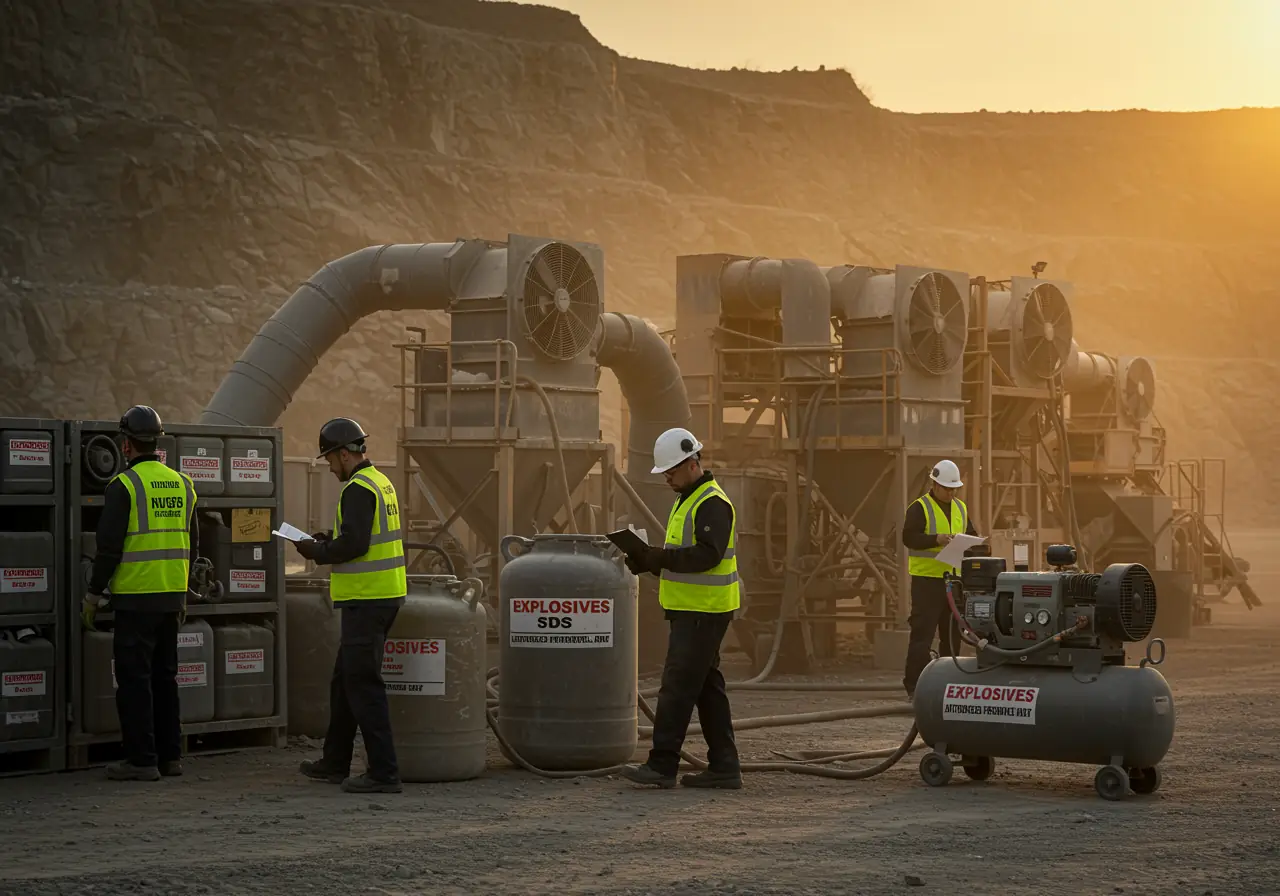
Blasting Equipment Safety Compliance: Must-Know Audit Requirements for 2025

The Step-by-Step Guide to Global Drill Rig Consumables Sourcing
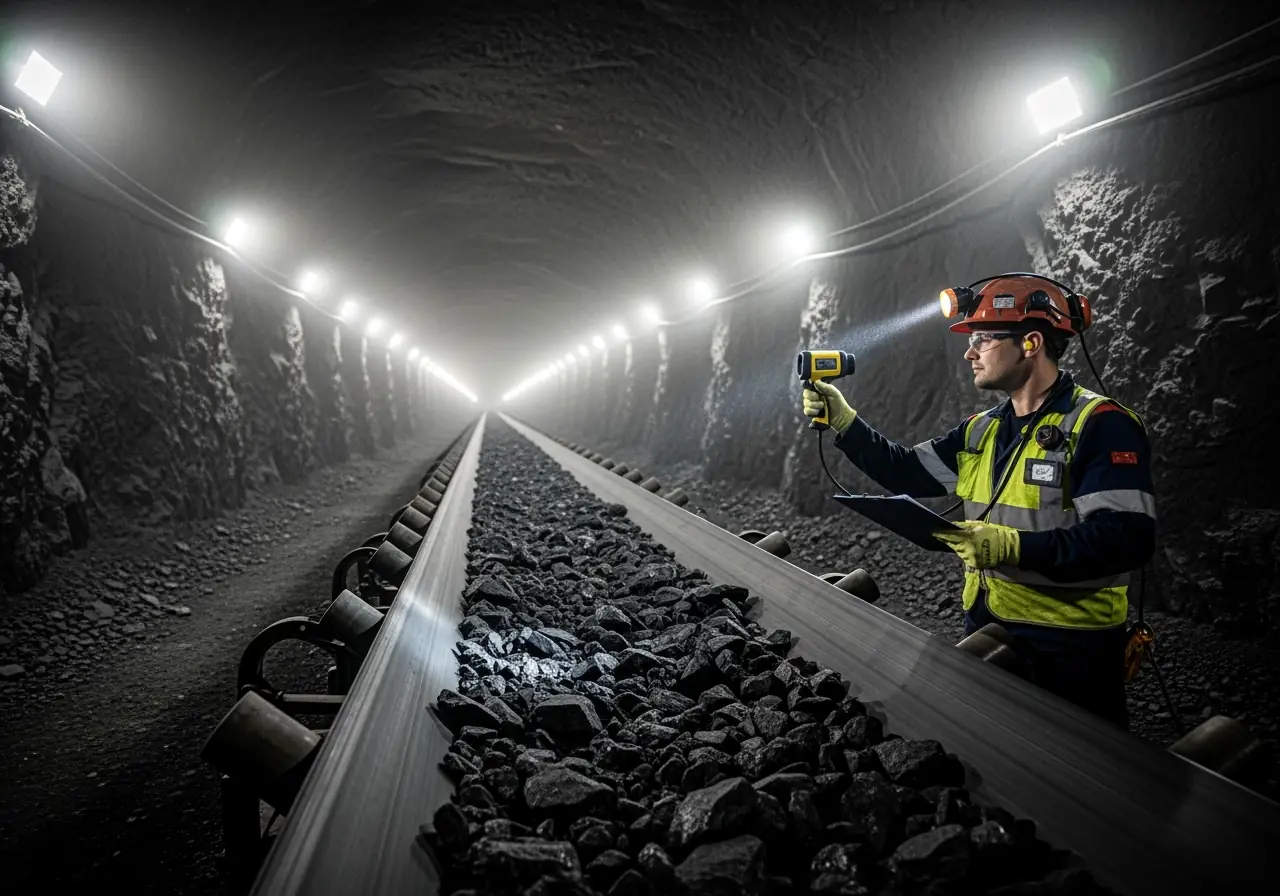
Mining Conveyor Maintenance Guide: Detecting Hidden Risks in Underground Systems
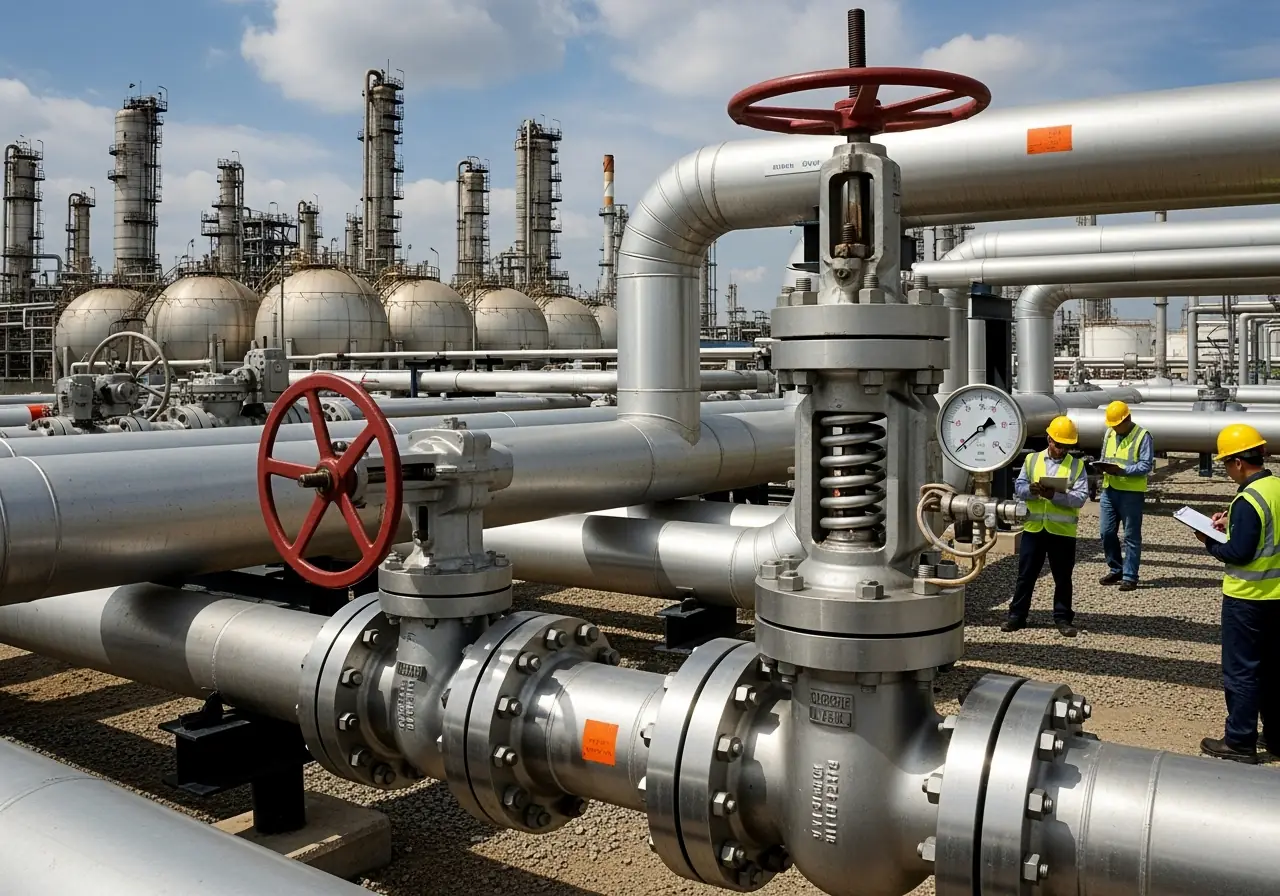
Best Practices for Certified Pipeline Valve Selection: From Specs to Installation
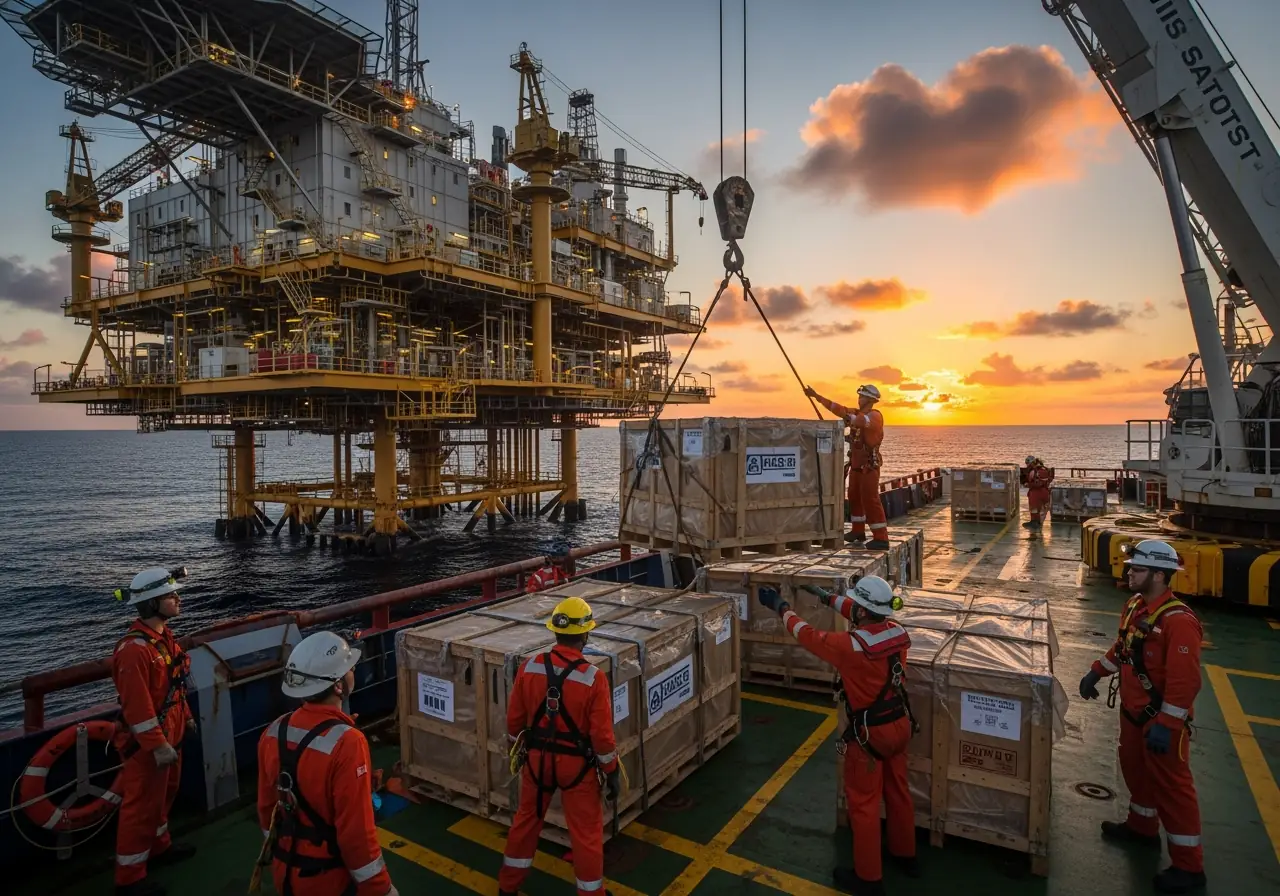
Optimizing Oil Rig PPE Delivery: Proven Strategies That Saved $2M Annually
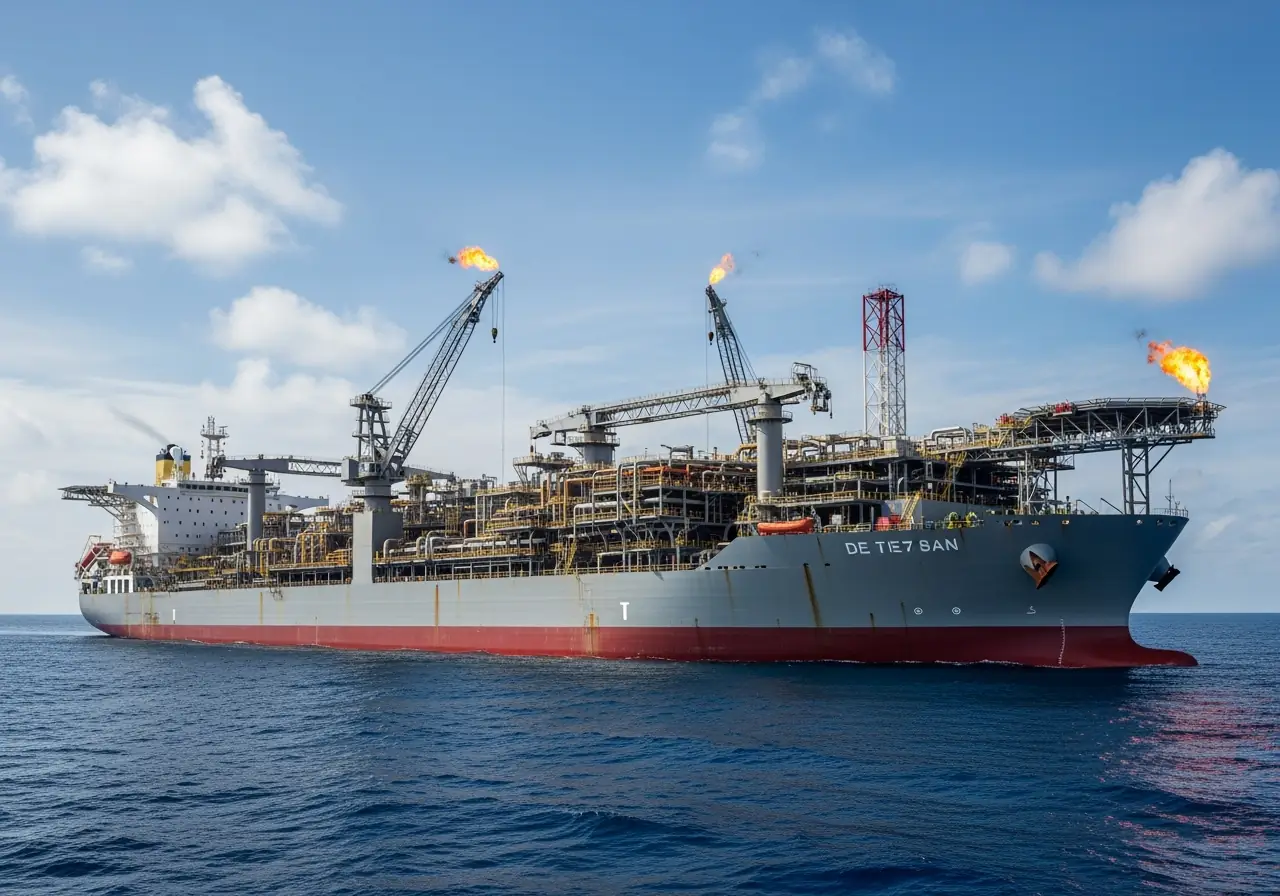
FPSO Smart Parts Planning: Proven Methods to Cut Downtime
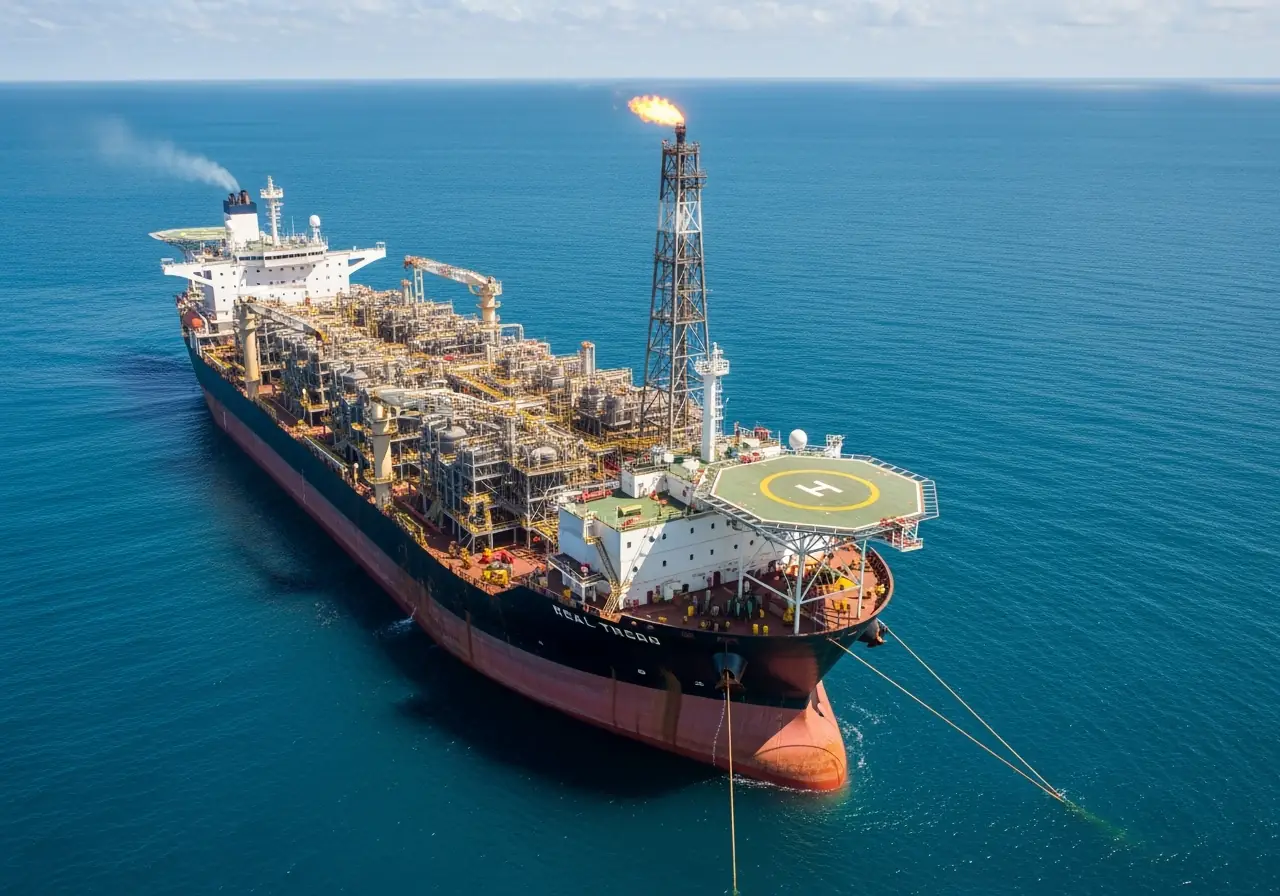
How FPSO Inspection Prevents Million-Dollar Shutdown Losses

Fix It Before It Breaks: A Farmer's Guide to Combine and Harvester Maintenance

Why Fast Tractor Parts Delivery is Changing Modern Farming [2025 Guide]

The Critical Farm Equipment Replacement Parts You Need Before Harvest 2025
.webp)
How to Double Your Farm Efficiency: Expert Guide to Smart Scaling

Cut Costs by 30%: Pre-Season Spare Parts Audit Checklist

Proven Success Factors for Agricultural Equipment Manufacturers in 2025

13 Overlooked Farm Spare Parts That Halt Operations — Pt. 2

13 Overlooked Farm Spare Parts That Halt Operations — Pt. 1

Top Hydraulic Components for Agricultural Equipment in 2025: Complete Guide

The Essential Farm Equipment Parts You Can't Afford to Run Out Of

How to Service Farm Equipment: A Farmer's Guide to Zero Harvest Downtime
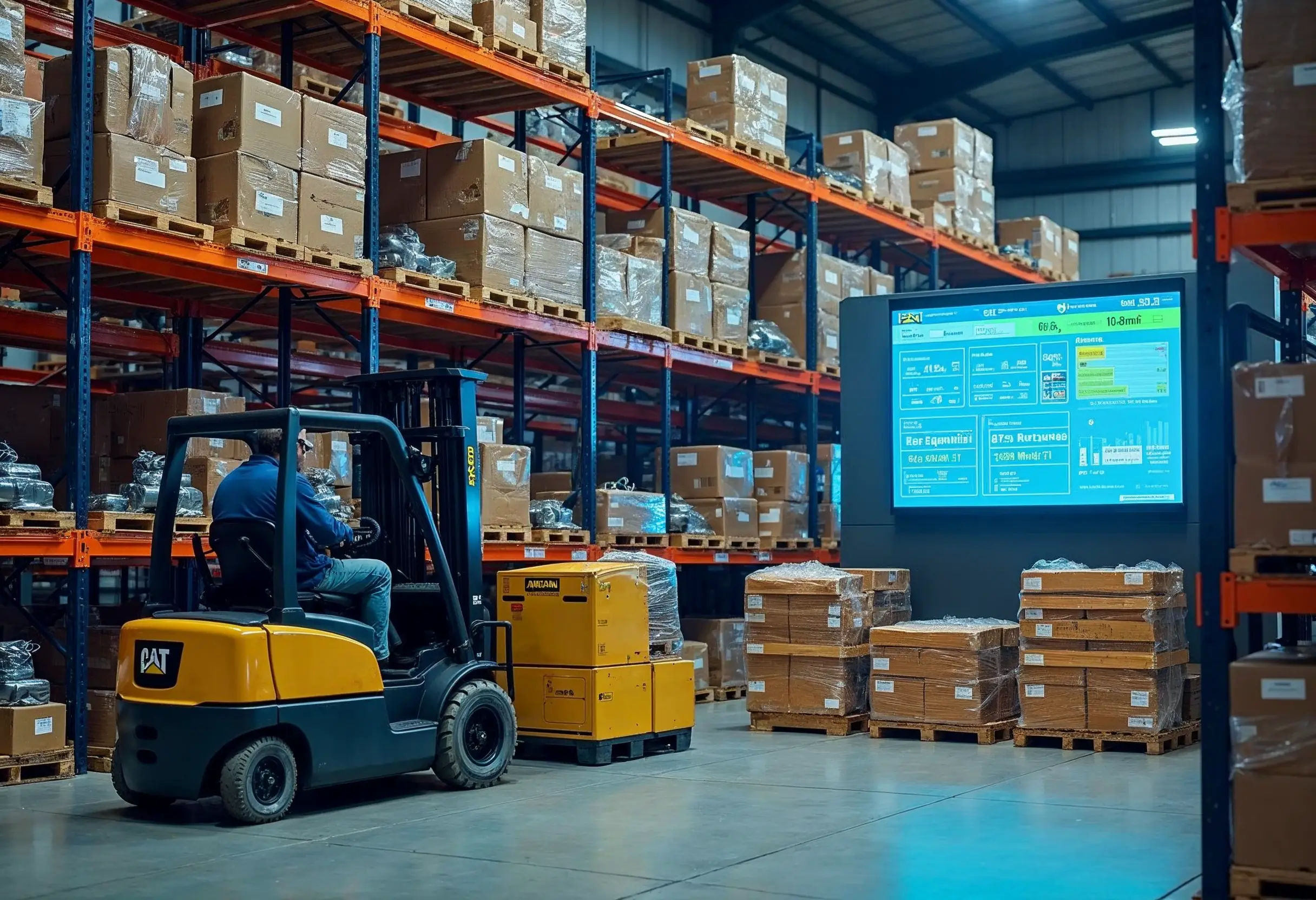
Construction Machinery Parts Suppliers: Expert Selection Guide

How to Apply Machine Safety Rules: From Selection to Installation

Smart Diagnostics Cut Heavy Equipment Failures by 73%

5 Ways to Assess the Environmental Impact of Heavy Construction Machinery

10 Smart Ways to Pick Construction Machinery for 2025 Projects

Rent vs Purchase Equipment: What Heavy Industry Experts Hide

How to Implement a Construction Inventory Management System for Equipment Efficiency

How to Extend Equipment Life Expectancy with Regular Maintenance

Advanced Heavy Equipment Diagnostic Tools: Ensuring Construction Machinery Quality
Essential Features Your Construction Equipment Inventory System Needs
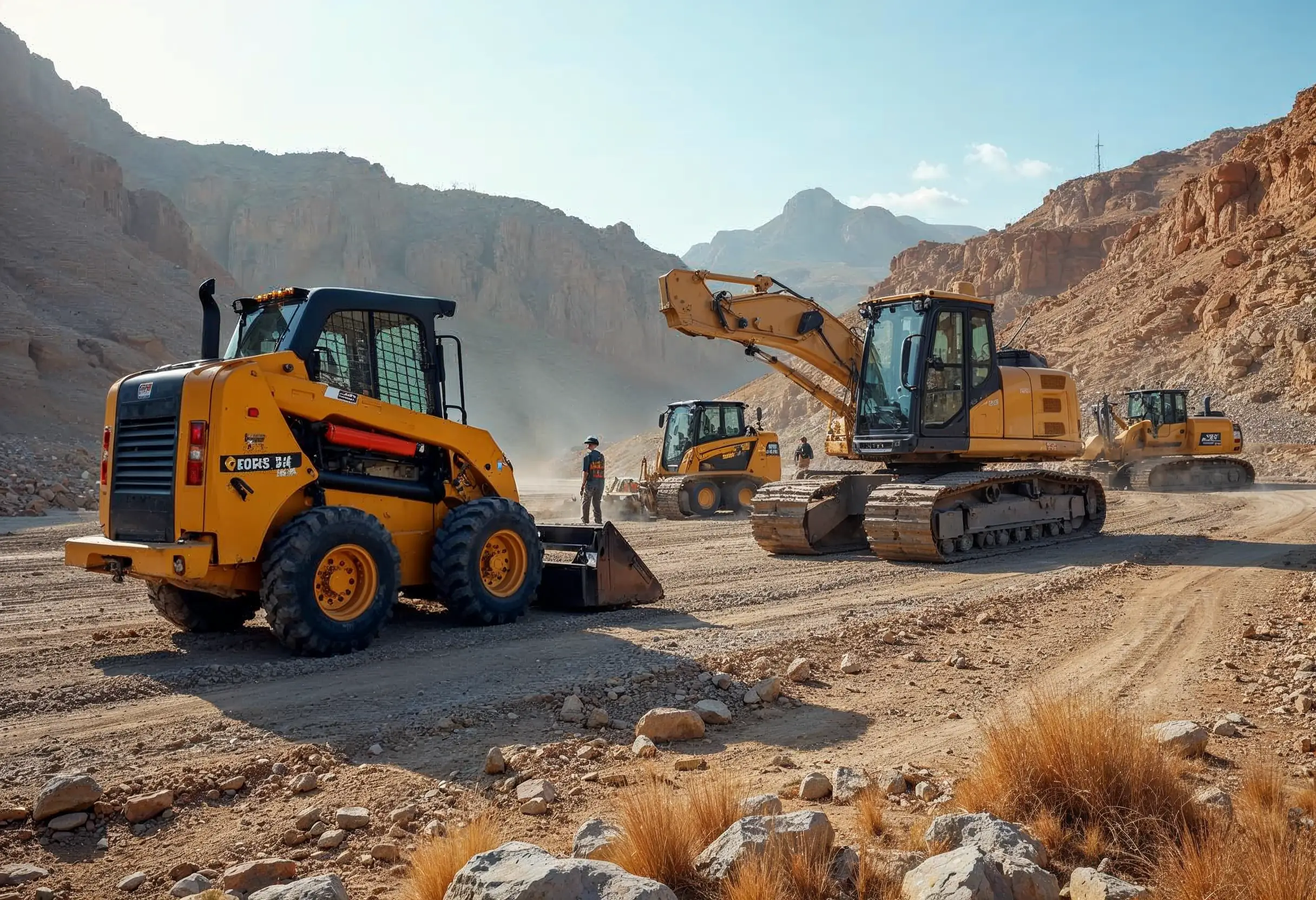
29 Quick Tips for Choosing Construction Equipment for Remote Locations

How to Select Construction Machinery with Optimal Equipment Maintenance in Mind
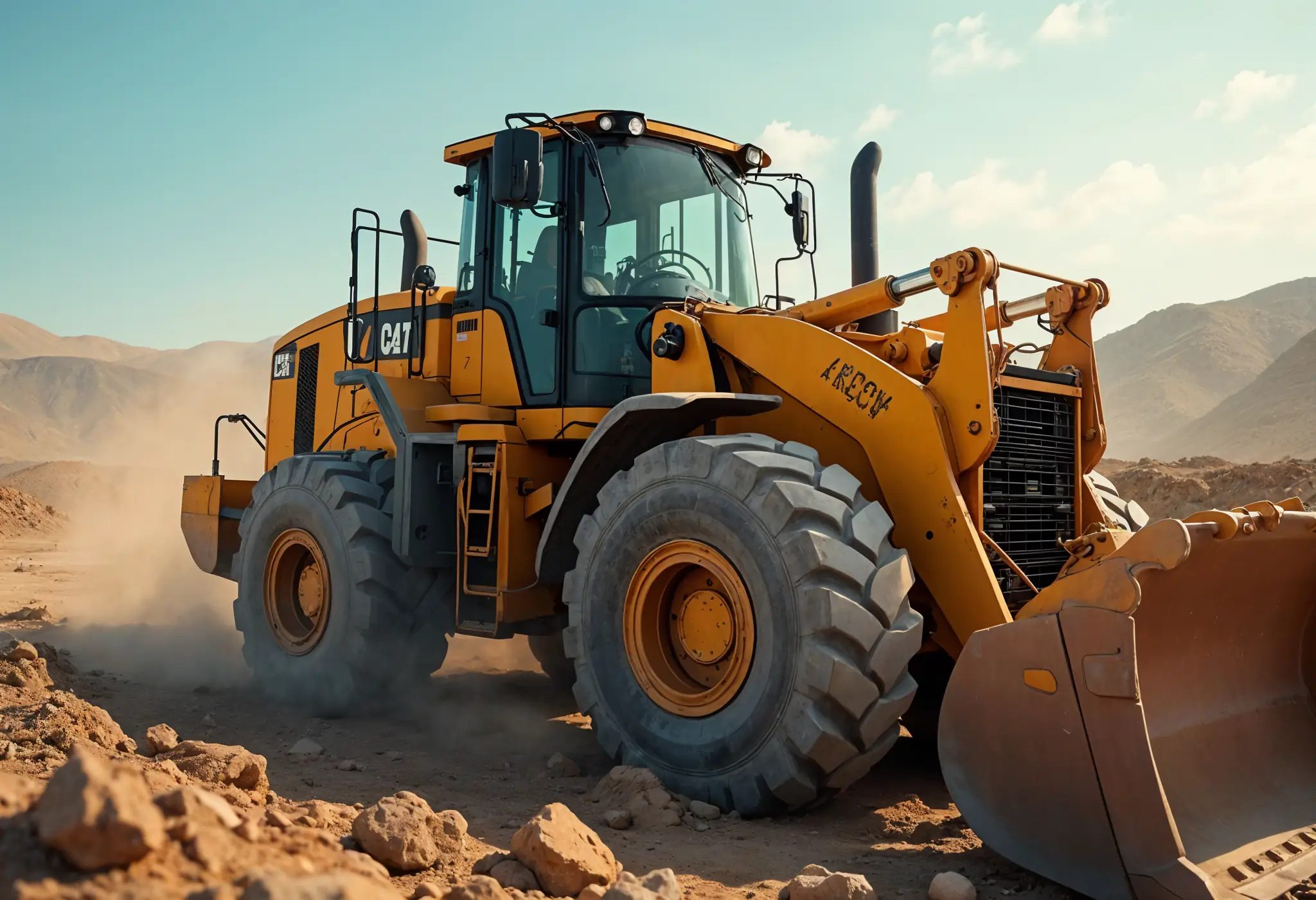
Top 25 Tips for Selecting Bulldozers for Construction Sites
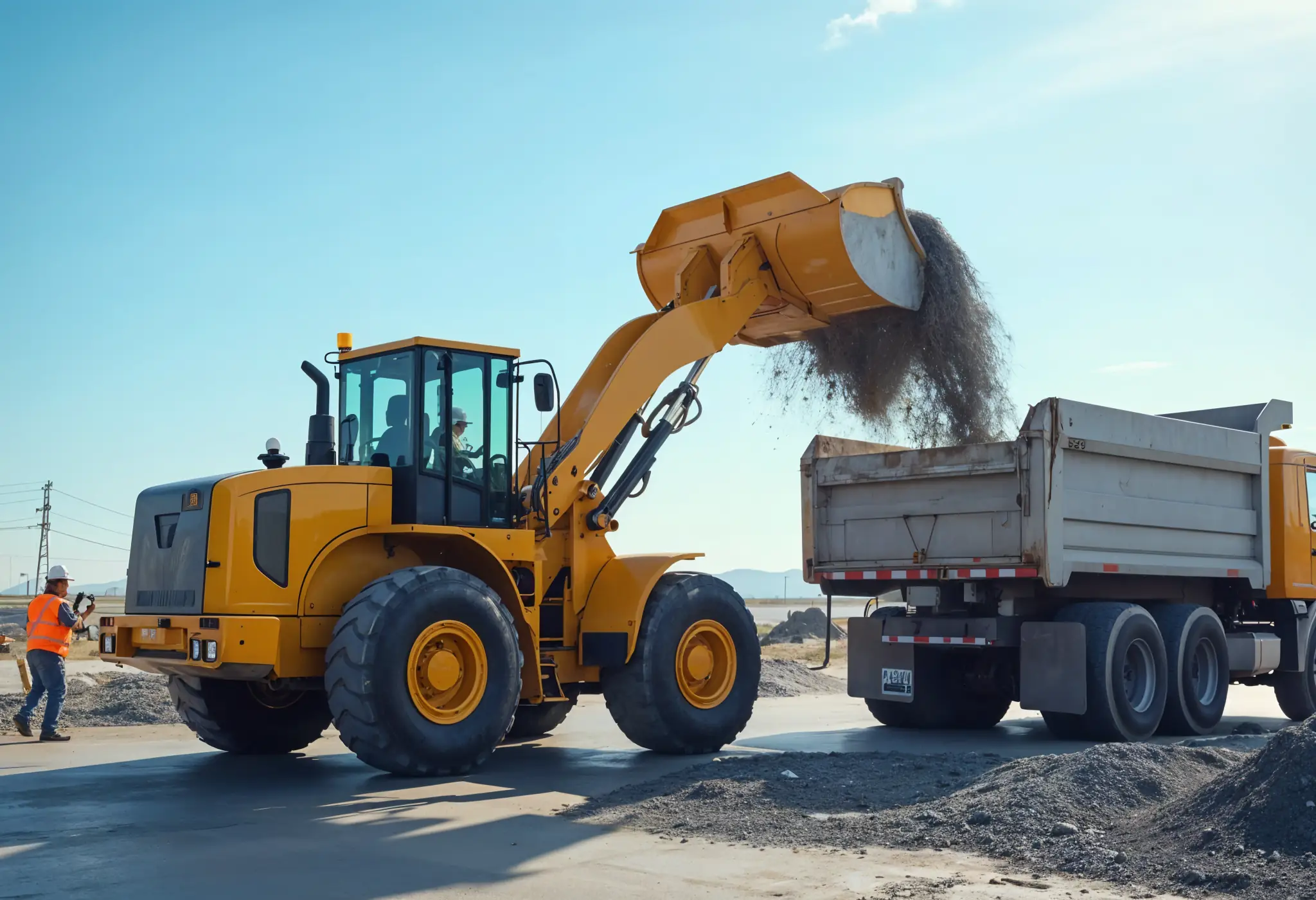
Which Construction Loader is Best for Your Project Needs?

4 Key Steps to Form a Construction Machinery QC Team

15 Essential Tips for Selecting the Perfect Crane for Construction

Maximize Savings: Multi-Purpose Construction Machinery for Lower Costs

Affordable Heavy Equipment Parts: A Sourcing Guide

Choosing the Right Road Construction Equipment: A Complete Guide

Motor Graders: Key Elements to Consider for Optimal Selection

A Detailed Guide to Choosing Excavators for Construction Work

Top Tips for Choosing Cranes for Construction Projects
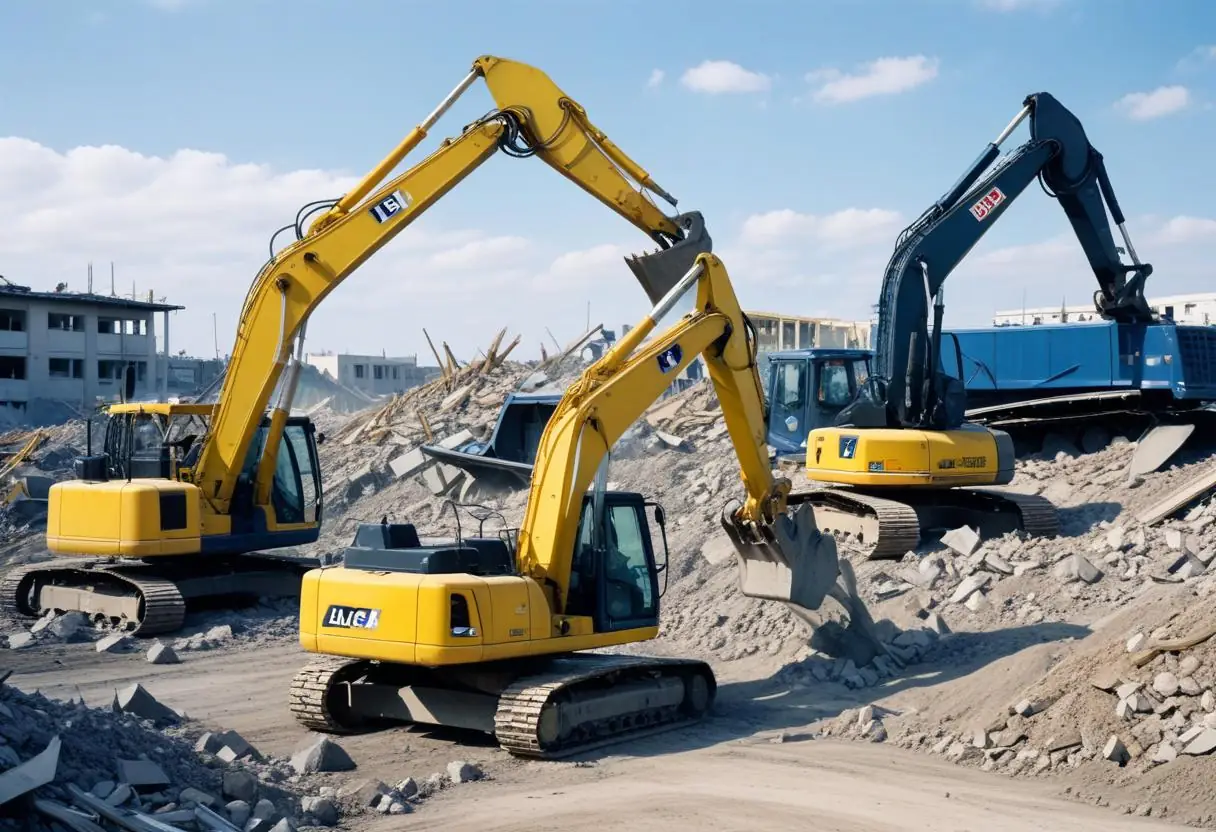
5 Top-Rated Demolition Machines for Construction Professionals

Expert Tips on Choosing Earthmoving Equipment for Large Projects
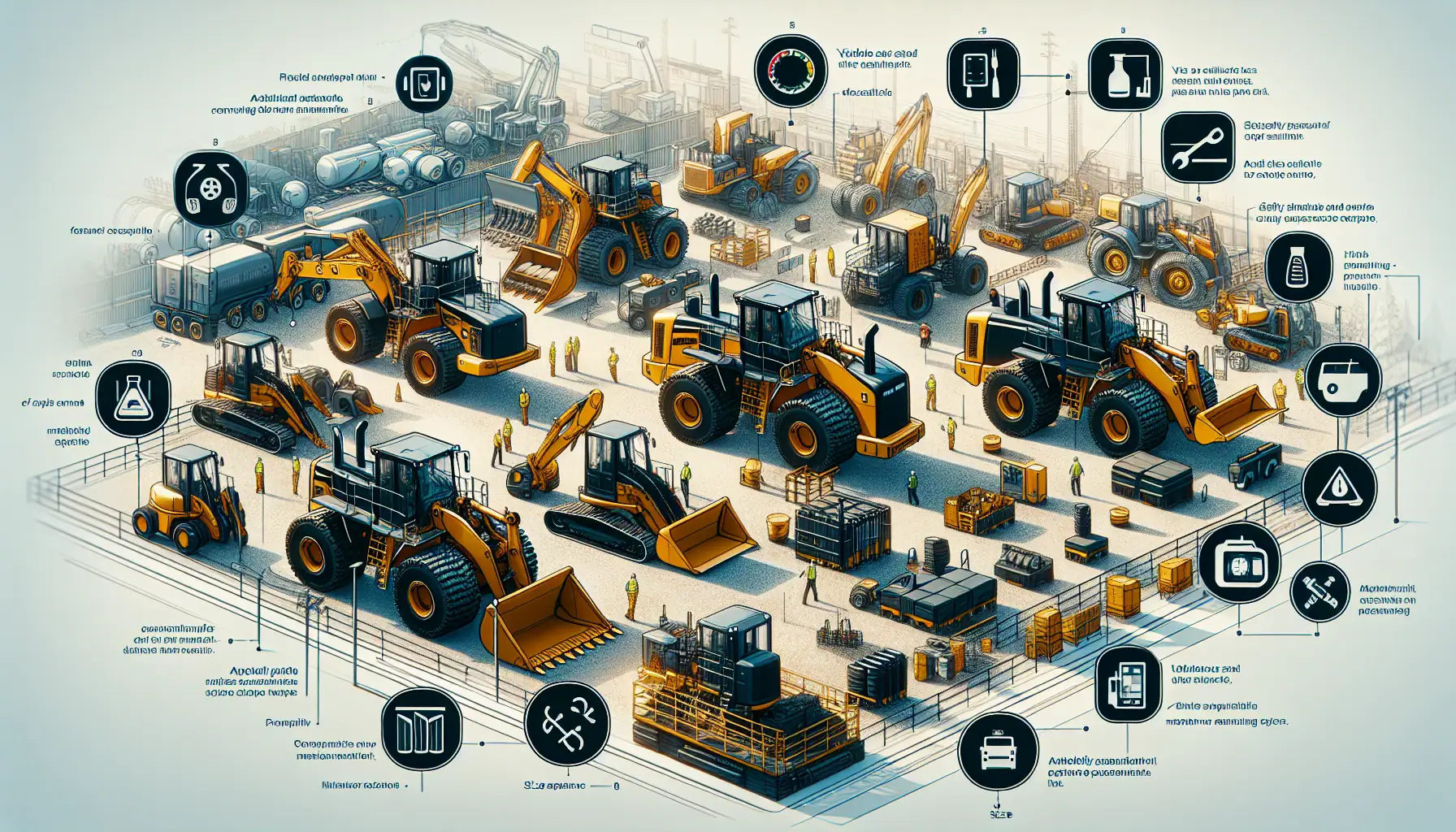
Top Functional Criteria for Selecting Heavy Construction Equipment

Construction Machinery: Detailed Guide to Equipment Specifications

Heavy Machinery Prices: Key Factors in Cost and Quality Balance
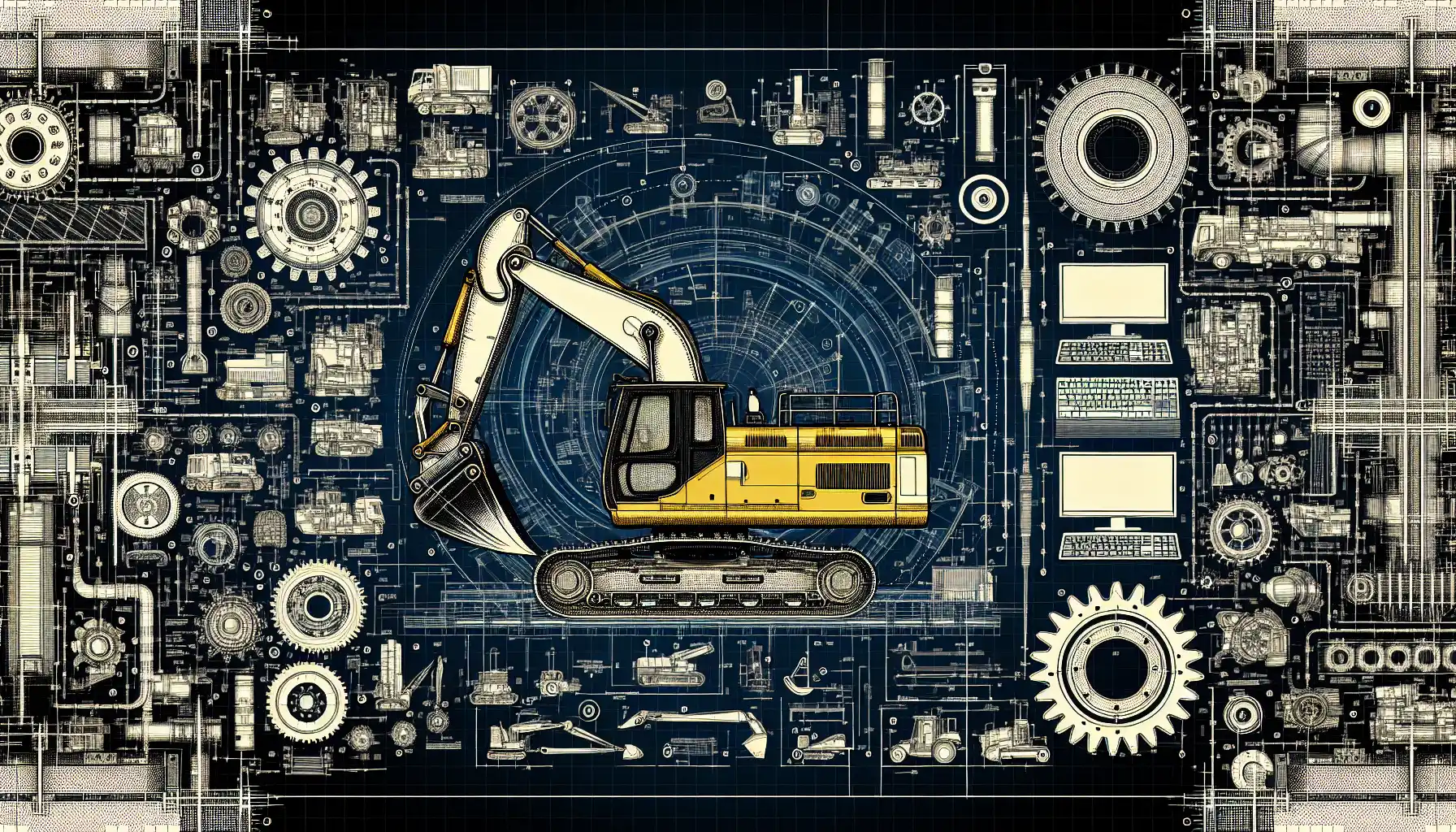
Best Construction Heavy Equipment Brands: Pros and Cons

Construction Site Equipment: How to Determine Your Requirements

Maximizing Safety: Risk Management for Construction Projects

Innovations in Construction: Transforming Machinery and Equipment

Heavy Equipment Safety: Beyond the Basics in Construction Compliance

The Essential Handbook for Construction Equipment Repair and Maintenance

How to Efficiently Source Oil and Gas Machinery Parts in NYC

Essential Guide to Sourcing Agriculture Equipment Parts

How to Source Mining Machinery Parts: Tips and Strategies
